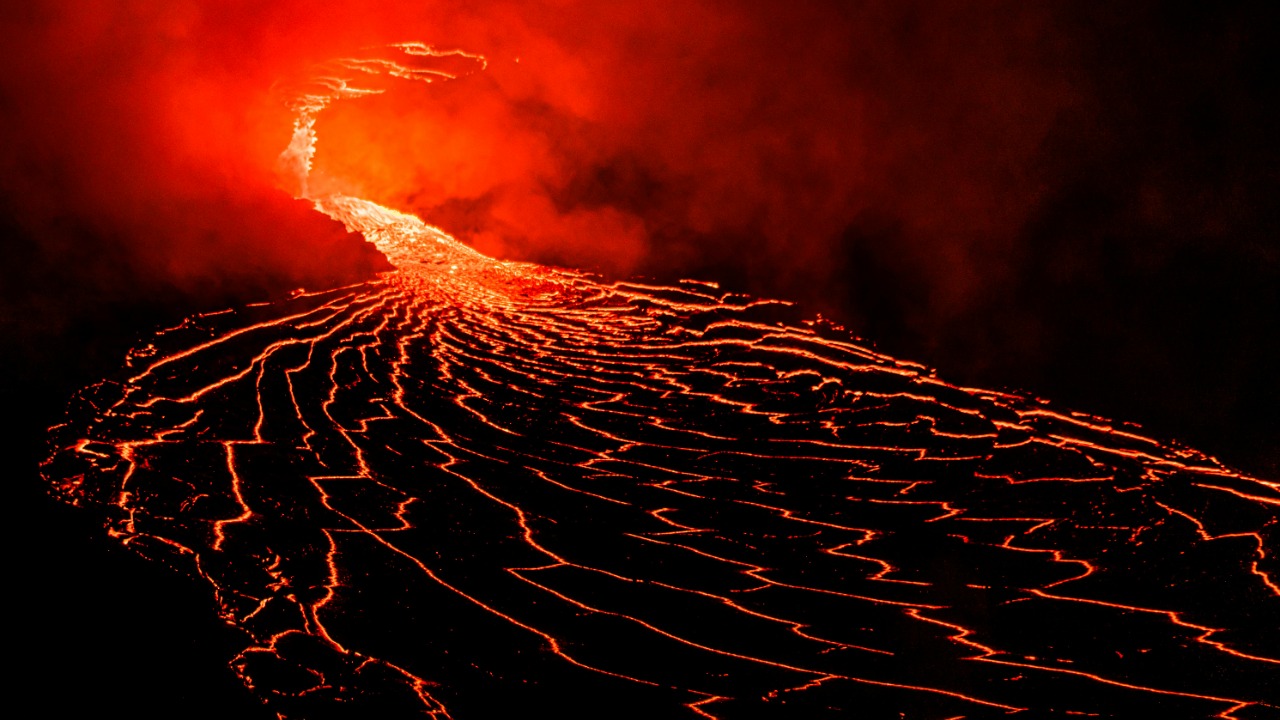
Earth’s crust hides a world full of wonder and mystery. From molten magma to thriving subterranean ecosystems, the layers below us are teeming with activity. Understanding these hidden phenomena not only provides insights into Earth’s formation but also influences our daily lives, from natural disasters to resource management.
Magma Chambers
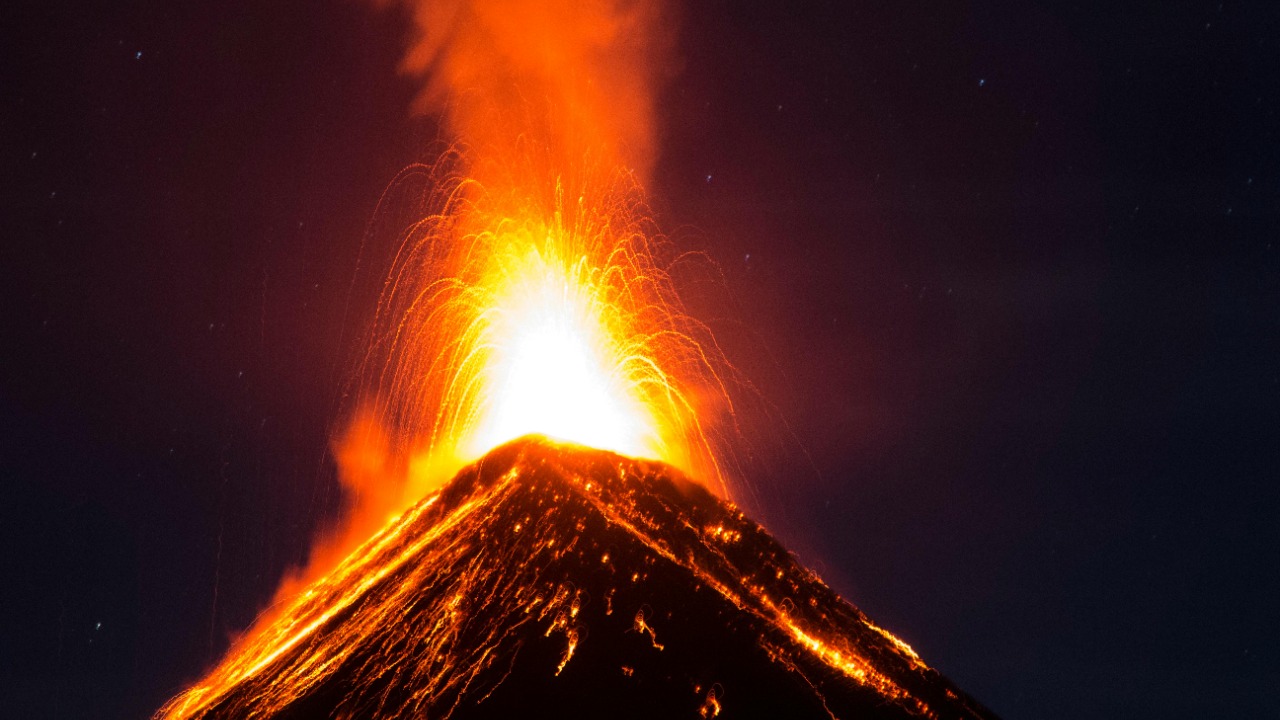
Just beneath the Earth’s crust lie magma chambers, reservoirs of molten rock that can trigger volcanic eruptions. These chambers form when magma from the mantle rises and accumulates in large pockets. Scientists study them to predict volcanic activity, offering invaluable data for disaster preparedness.
The size and activity of magma chambers vary, influencing the type and intensity of volcanic eruptions. Understanding their dynamics is crucial for mitigating volcanic hazards and harnessing geothermal energy.
Subduction Zones

Subduction zones are areas where one tectonic plate slides beneath another, often leading to powerful earthquakes. These zones are responsible for some of the most intense seismic activities, including tsunamis. The movement of plates in these zones recycles Earth’s crust, contributing to the formation of mountains and ocean trenches.
Studying subduction zones helps scientists understand the mechanics of tectonic movements and their impact on Earth’s geography and climate over geological timescales.
Mantle Plumes
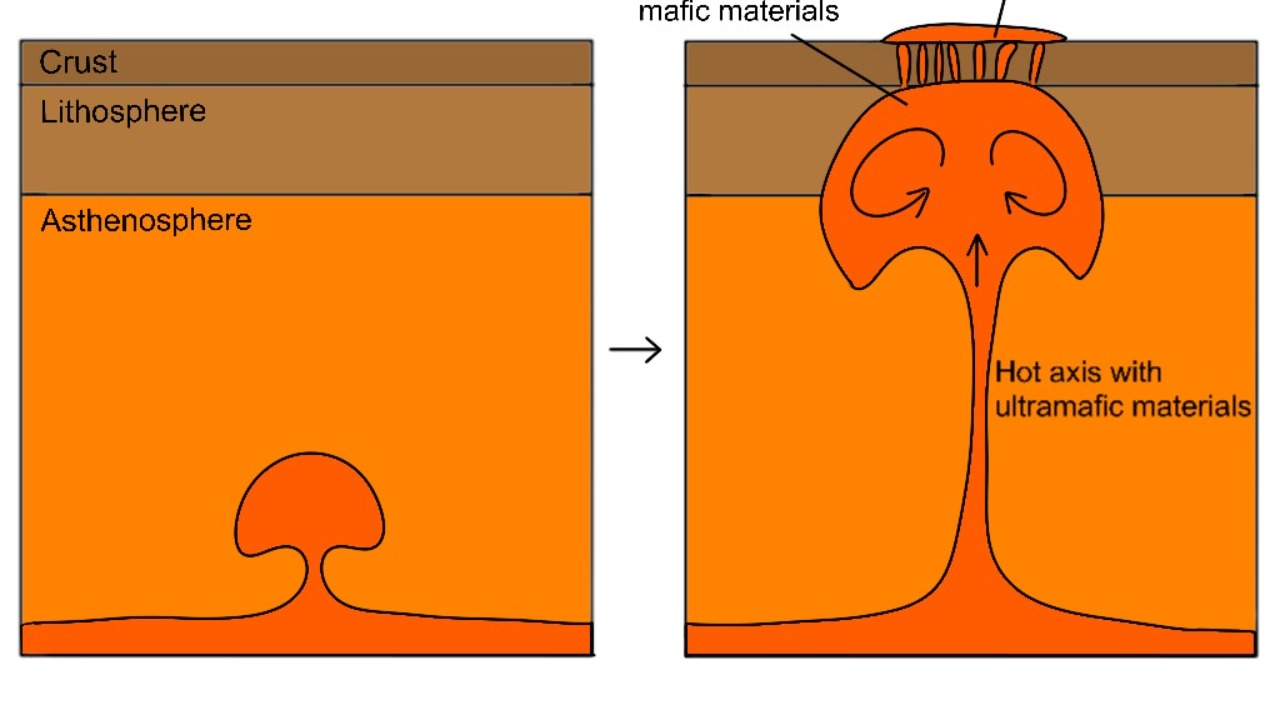
Mantle plumes are columns of hot, solid material rising from deep within the Earth. These plumes can create volcanic hotspots, resulting in island chains like Hawaii. As the plume rises, it partially melts, forming magma that can break through the crust.
Research into mantle plumes offers insights into the thermal and chemical dynamics of the Earth’s interior, helping us understand volcanic activity and continental drift.
Mineral Deposits
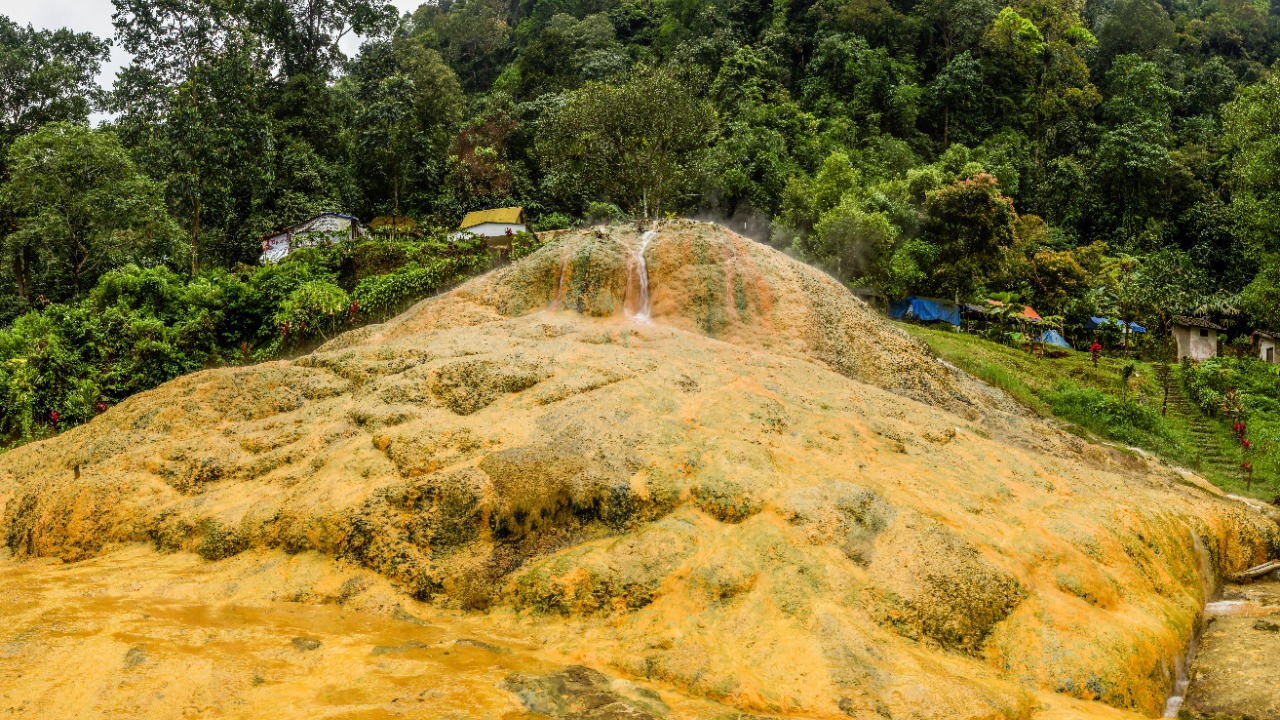
Beneath the Earth’s crust lie vast mineral deposits, crucial for modern technology and industry. These deposits form over millions of years through geological processes like volcanic activity and sedimentation.
From precious metals like gold and silver to essential resources like iron and copper, these minerals are vital for manufacturing and construction. Their discovery and extraction drive economies and technological advancements across the globe.
Fossilized Remains
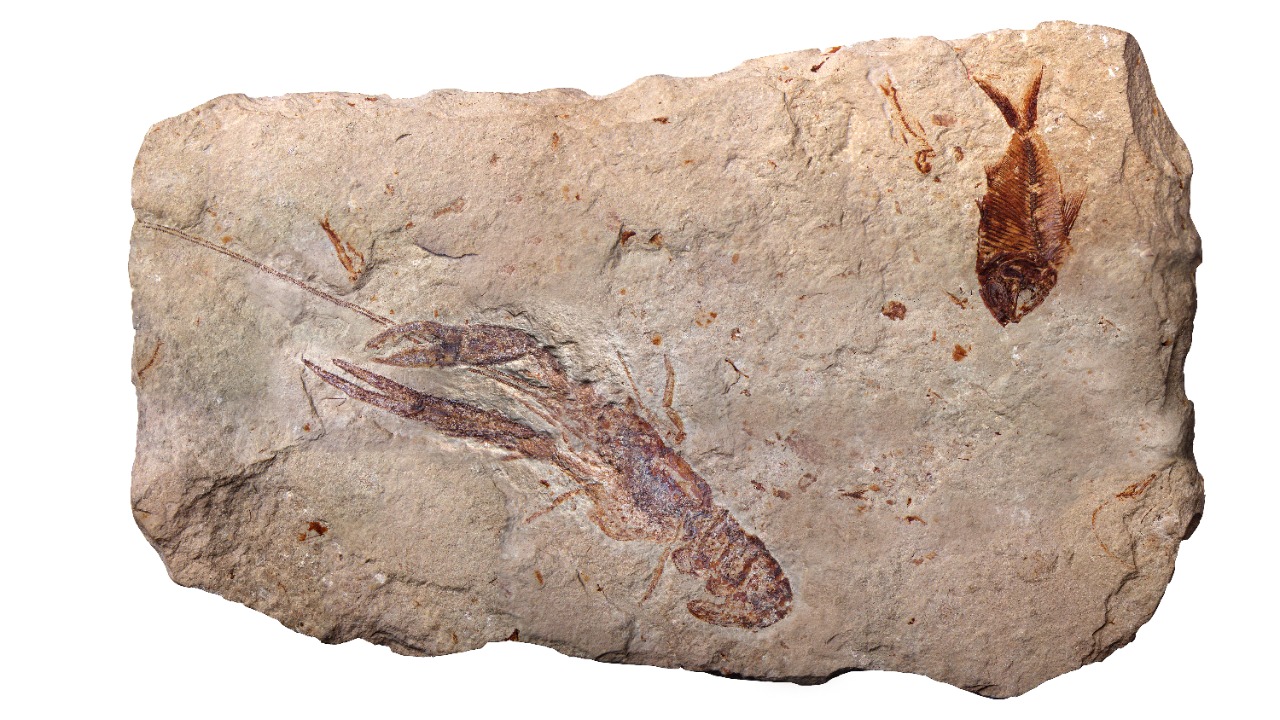
Fossilized remains buried beneath the Earth’s crust offer a glimpse into the planet’s distant past. These remains, preserved in sedimentary rock layers, help scientists reconstruct ancient ecosystems and understand the evolution of life.
From dinosaur bones to ancient plant imprints, each fossil provides a piece of the puzzle in Earth’s biological history, allowing us to trace the lineage of species and the environmental changes they endured.
Tectonic Plates
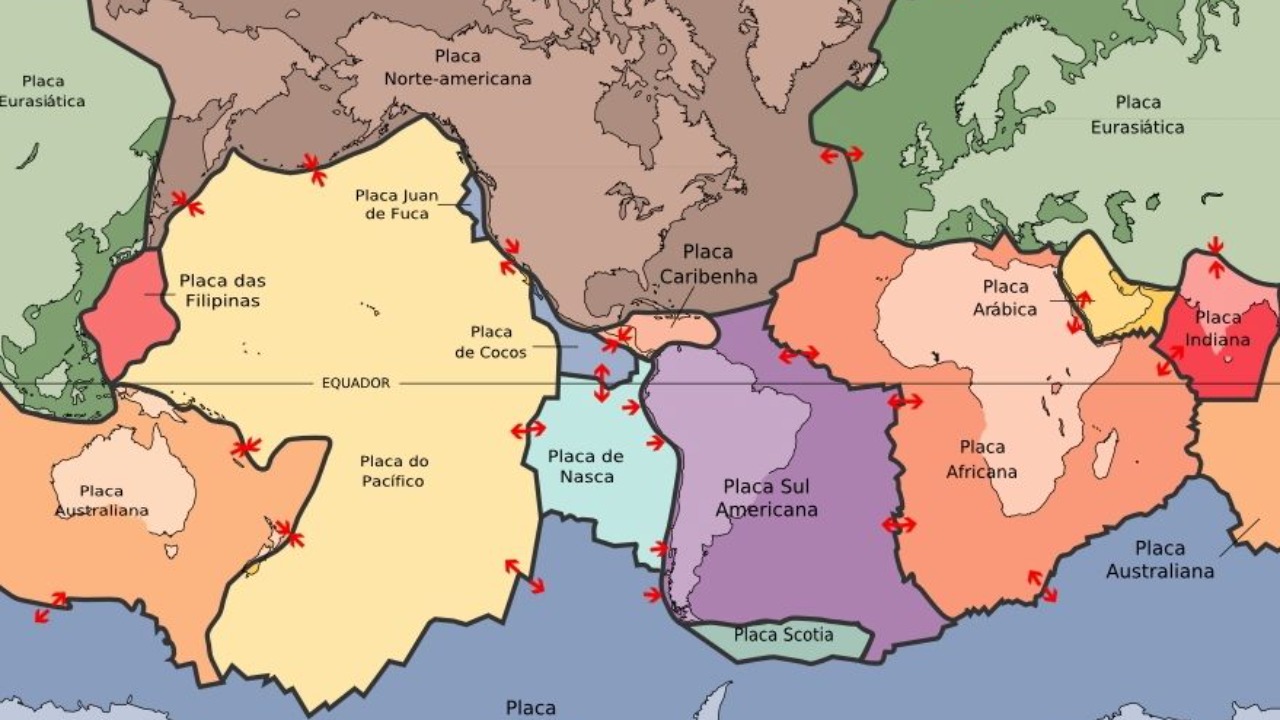
The Earth’s crust is divided into several large tectonic plates that float atop the semi-fluid asthenosphere. The movement of these plates shapes the planet’s surface, causing earthquakes, forming mountains, and influencing climate patterns.
Understanding the dynamics of tectonic plates aids in predicting seismic events and informs geological research, contributing to safer building practices and natural disaster preparedness.
Seismic Fault Lines
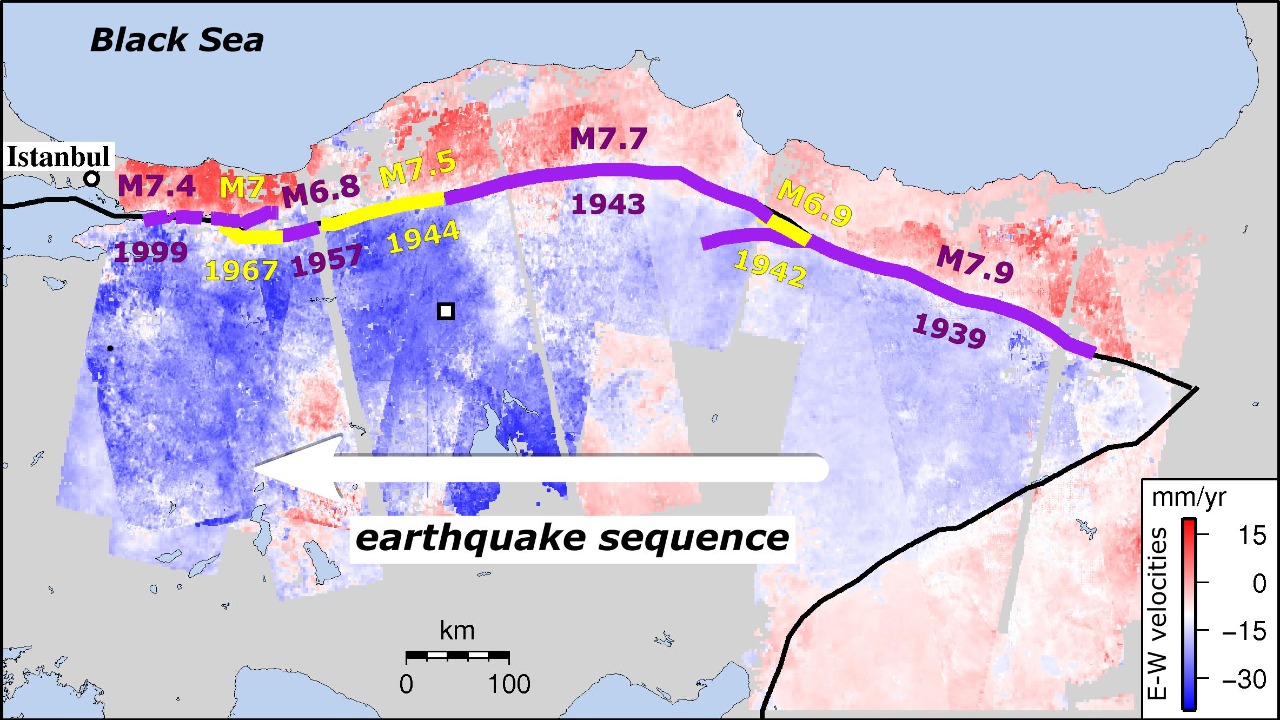
Seismic fault lines are fractures in the Earth’s crust where tectonic plates meet and slip past each other. These faults are the epicenters of earthquakes, ranging from minor tremors to devastating quakes.
Mapping fault lines and studying their behavior helps scientists assess earthquake risks, leading to better urban planning and disaster management strategies.
Groundwater Reservoirs

Hidden beneath the surface, groundwater reservoirs are vital sources of fresh water. These aquifers store water that infiltrates the ground, providing essential resources for agriculture, industry, and drinking water.
Managing groundwater sustainably is crucial as demand increases, ensuring that these reservoirs continue to support human and ecological needs without depletion.
Geothermal Vents
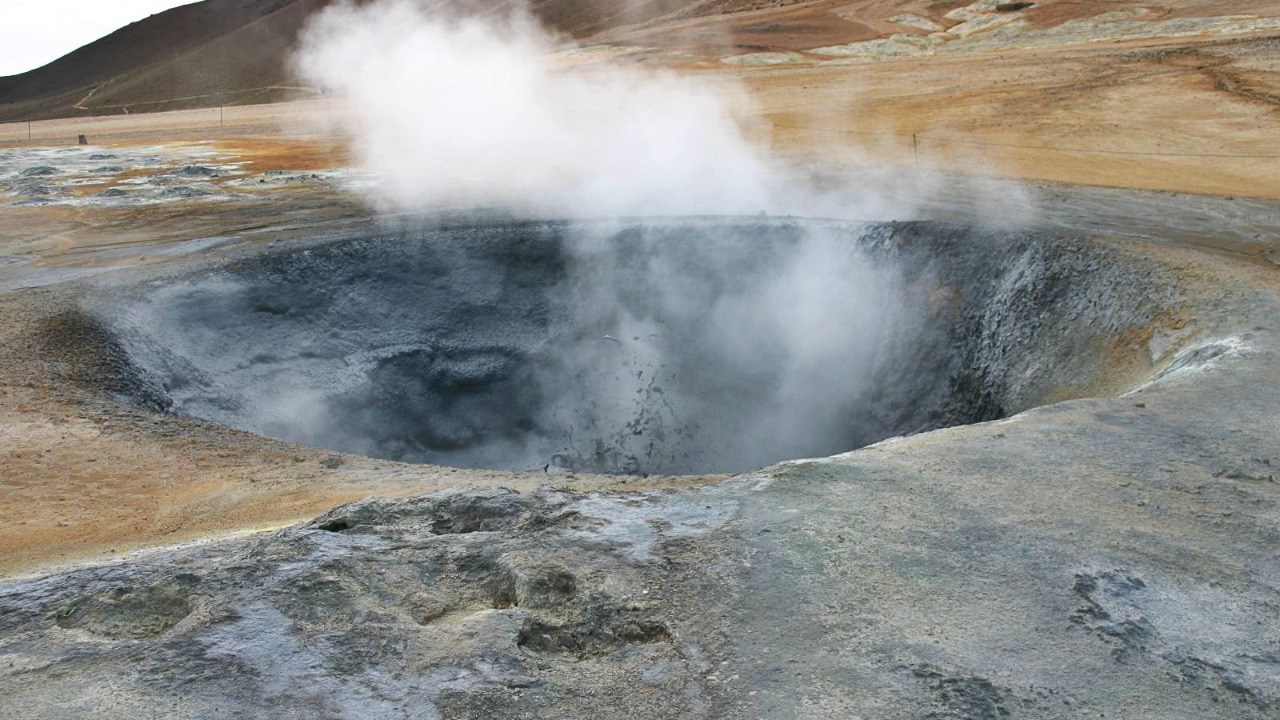
Geothermal vents, or hot springs, are natural outlets for Earth’s internal heat. Found in volcanic regions, these vents release steam and hot water, providing renewable energy potential and unique ecosystems.
Studying geothermal vents helps scientists understand Earth’s thermal processes and offers potential for sustainable energy solutions, reducing reliance on fossil fuels.
Subterranean Ecosystems
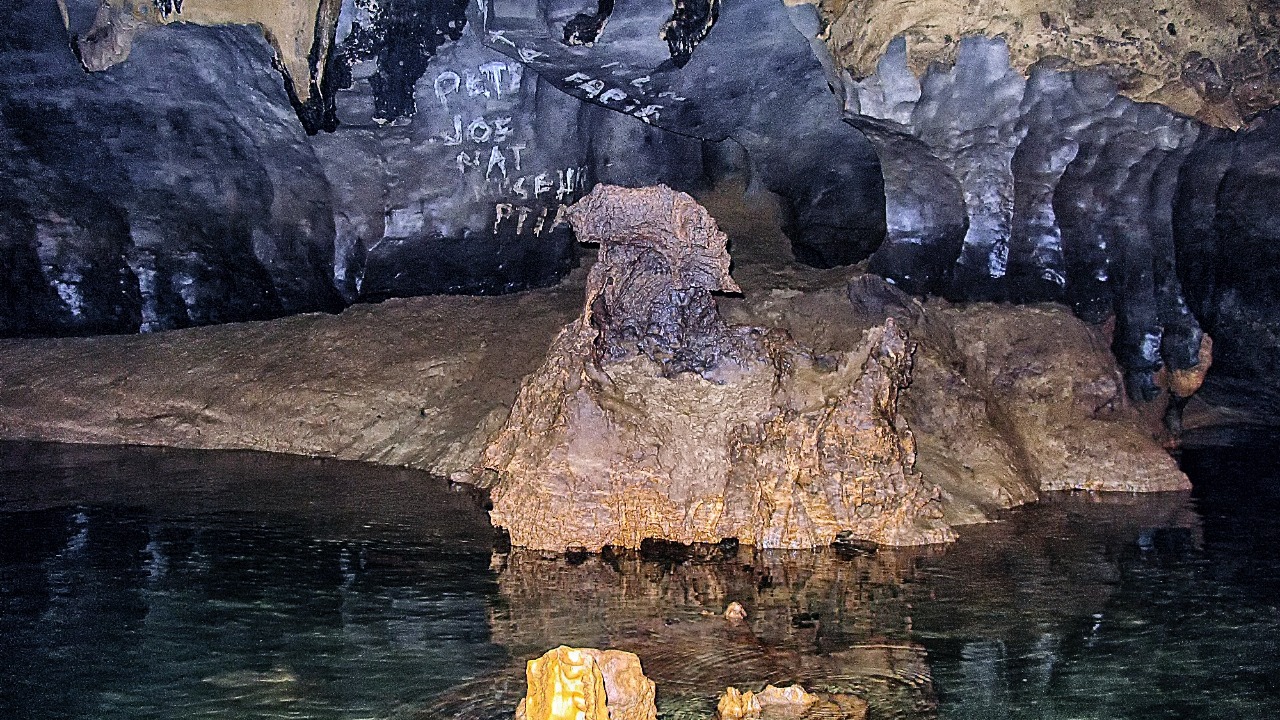
Subterranean ecosystems, thriving in darkness, are home to unique life forms adapted to extreme conditions. These ecosystems include caves, deep-sea vents, and underground rivers, supporting diverse organisms from microorganisms to blind fish.
Exploring these ecosystems reveals the adaptability of life and provides insights into Earth’s biodiversity and the potential for life in similar environments beyond our planet.